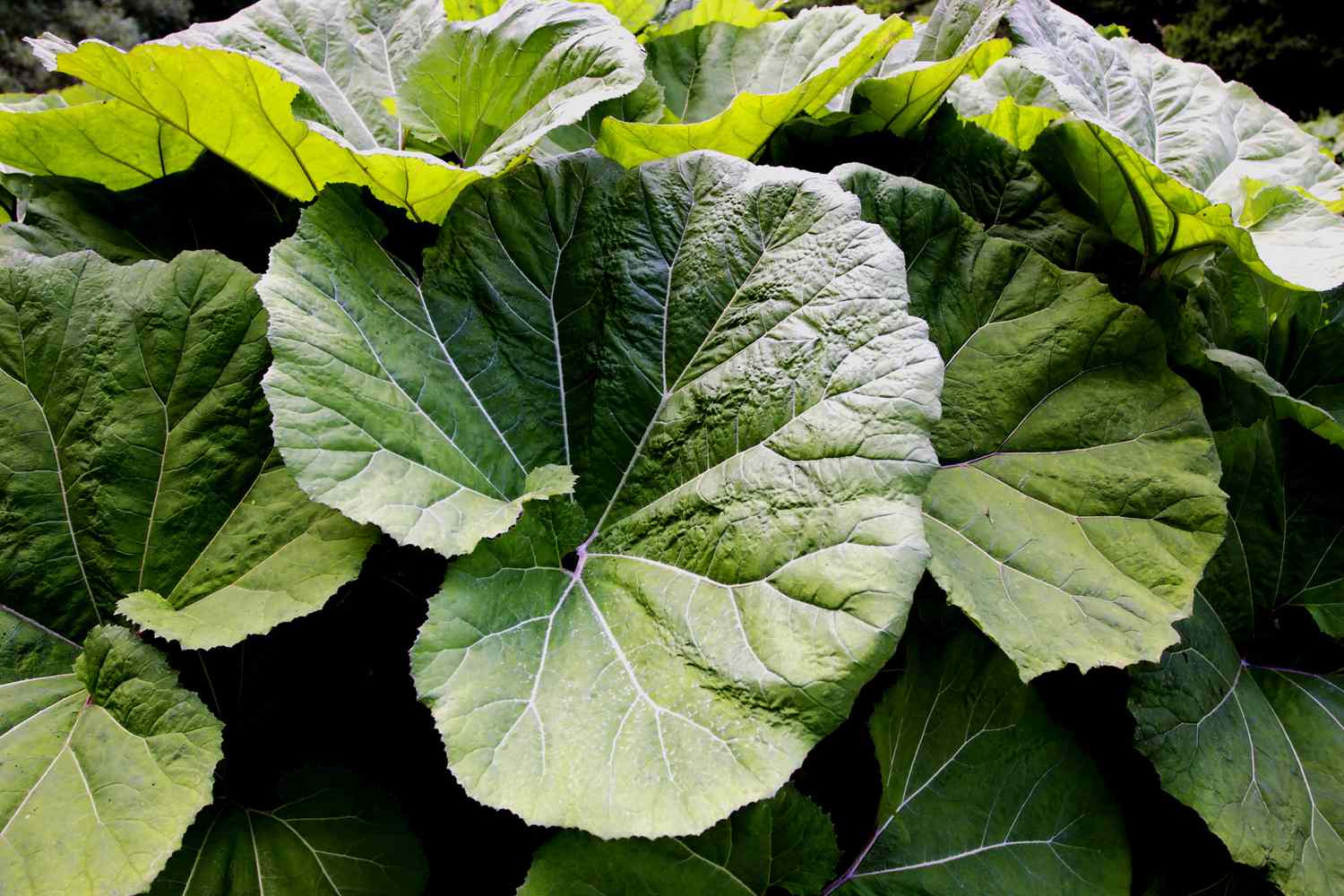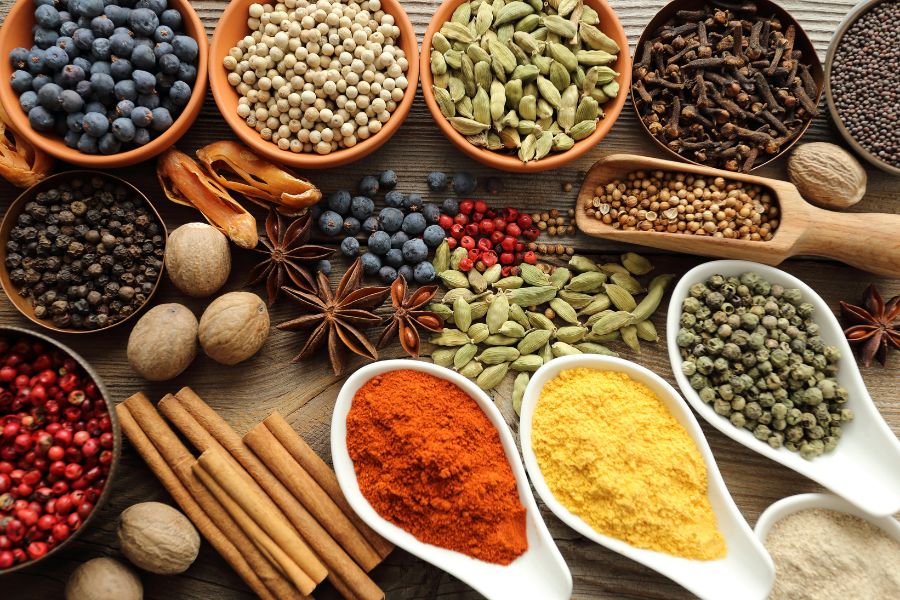Hay fever season is upon us…
And for many, it brings sneezing fits, itchy eyes, and overall discomfort.
But fear not! There are natural ways to combat hay fever and find relief without relying solely on medication.
Here are five natural remedies to help you tackle those pesky symptoms and enjoy the outdoors with ease.
Local Honey
Did you know consuming local honey might help alleviate hay fever symptoms?
Local honey contains small amounts of pollen from your area. Acting like a natural vaccine against allergens.
By regularly consuming a spoonful of local honey, you may build immunity to the pollen causing your hay fever.
So, next time you’re at the farmer’s market, grab a jar of honey and give it a try!
Quercetin-Rich Foods
Quercetin is a natural compound found in many fruit, veg, and herbs.
Acting as a potent antihistamine.
So try adding quercetin-rich foods into your diet. Think apples, berries, dark grapes, onions, and kale. Even dill, capers and green tea.
This way you can help reduce the release of histamines in your body. And help alleviate hay fever symptoms.
Butterbur Extract
Butterbur, part of the sunflower family, is a plant native to Europe and Asia.
It has been used for centuries as a natural remedy for various ailments, including hay fever.
All thanks to its strong anti-inflammatory and antihistamine properties.
Studies have even shown butterbur supplements can significantly reduce hay fever symptoms. Including sneezing, nasal congestion, and itchy eyes.
Without causing drowsiness like some over-the-counter medications.
Steam Inhalation
A simple way to relieve congestion. Soothing irritated nasal passages.
Simply, boil a pot of water. Then carefully lean over the steam with a towel draped over your head. Breathe deeply for a few minutes.
This way the warm steam gets into your sinuses and helps loosen mucus buildup.
For added relief, consider adding a few drops of essential oils. Like eucalyptus or peppermint. Or even some chamomile tea bags.
These are known for their decongestant and anti-inflammatory properties.
Nurture Your Gut
Did you know a significant amount of your immune system cells live in your gut?
This means a balanced gut could help boost your body’s defence against allergens. Including those which trigger your hay fever.
So try probiotic-rich foods: Natural yoghurt, kefir, sauerkraut and kimchi among others.
Packed with beneficial bacteria your gut will love. Helping to strengthen your immune system.
Natural Relief
Combating hay fever doesn’t have to mean relying solely on medication.
By incorporating these natural remedies into your daily routine, you can help ease your symptoms.
So you can enjoy the beauty of spring. Without the hassle of hay fever holding you back.






